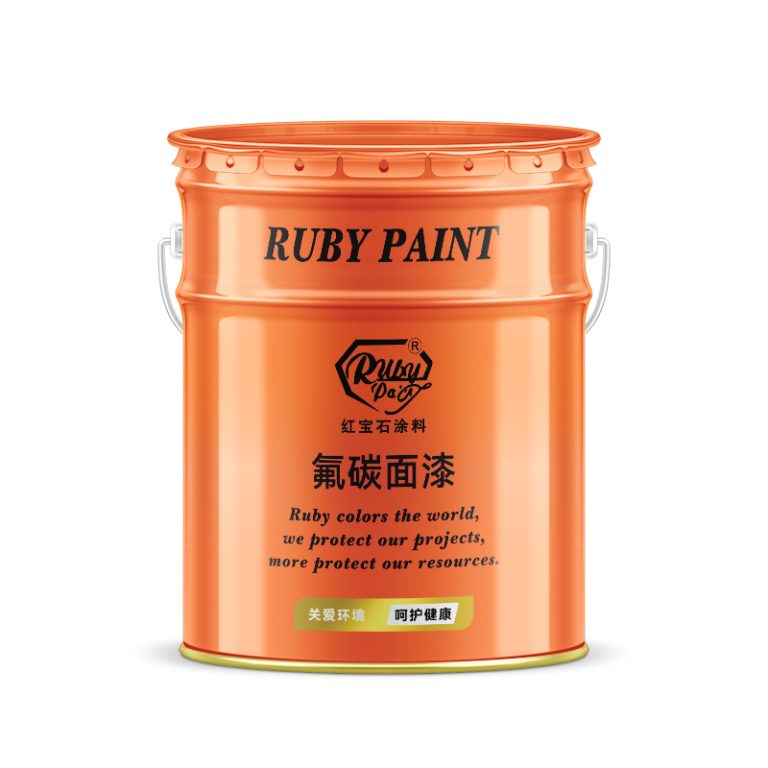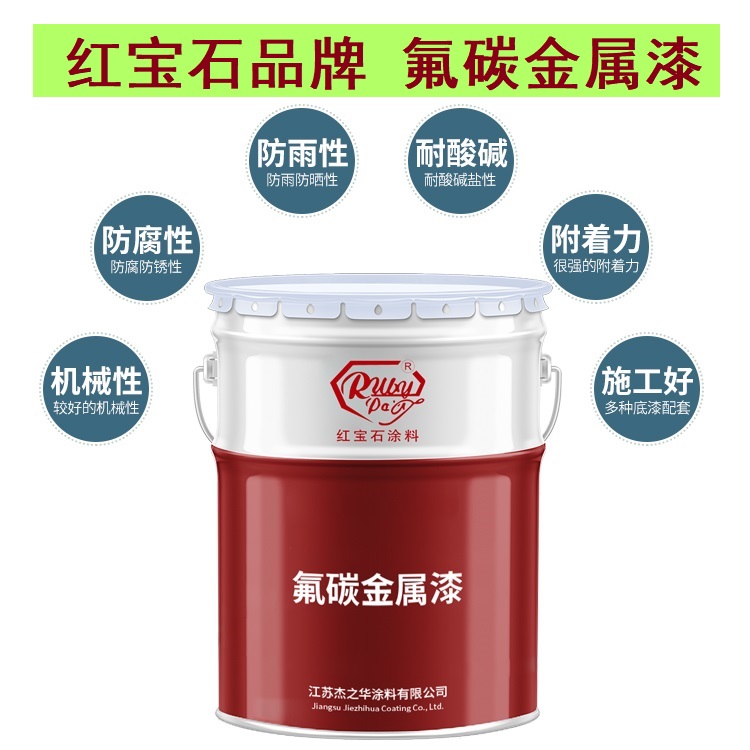Table of Contents
Applications And Benefits Of Urethane Acrylate In Coatings And Adhesives
Urethane acrylate is a versatile polymer that has found widespread use in the coatings and adhesives industry due to its exceptional properties. This compound is a result of the reaction between an isocyanate and a hydroxyl-functional acrylate, which forms a urethane linkage. The unique chemical structure of urethane acrylate imparts a range of beneficial characteristics that make it an ideal choice for various applications.
One of the primary applications of urethane acrylate is in the formulation of coatings. These coatings are highly valued for their superior durability and resistance to environmental factors such as UV radiation, moisture, and temperature fluctuations. Urethane acrylate-based coatings provide excellent adhesion to a variety of substrates, including metals, plastics, and wood. This makes them suitable for use in automotive, marine, and industrial settings where long-lasting protection is essential. Additionally, the flexibility of urethane acrylate allows the coatings to expand and contract without cracking, ensuring a consistent protective barrier over time.
Moreover, the aesthetic qualities of urethane acrylate coatings are noteworthy. They offer a high-gloss finish that enhances the appearance of the coated surfaces. The clarity and color retention properties of these coatings are also superior, which is particularly important in applications where visual appeal is a priority, such as in automotive refinishing and architectural coatings. The ability of urethane acrylate to resist yellowing over time helps maintain the original look and feel of the coated surfaces, contributing to their overall attractiveness.
Transitioning to the adhesive industry, urethane acrylate plays a crucial role in the development of high-performance adhesives. These adhesives are known for their strong bonding capabilities, which are essential in applications that require robust and reliable adhesion. Urethane acrylate-based adhesives are commonly used in the assembly of electronic devices, automotive components, and medical equipment. Their ability to form strong bonds with a variety of materials, including plastics, metals, and ceramics, makes them indispensable in these sectors.
In addition to their bonding strength, urethane acrylate adhesives offer significant flexibility, which is critical in applications where the bonded materials may undergo mechanical stress or thermal expansion. This flexibility helps prevent the adhesive joints from failing, thereby enhancing the overall durability and reliability of the assembled products. Furthermore, urethane acrylate adhesives cure quickly and have excellent resistance to chemicals and solvents, which is beneficial in environments where exposure to harsh conditions is common.

The environmental impact of coatings and adhesives is an important consideration in today’s eco-conscious world. Urethane acrylate formulations are available in low-VOC (volatile organic compounds) and solvent-free versions, which contribute to a reduction in air pollution and improved workplace safety. These environmentally friendly options are becoming increasingly popular as industries seek to comply with stringent environmental regulations and meet the demands of environmentally conscious consumers.
| No. | Article Name |
| 1 | Industrial paint |
In conclusion, urethane acrylate offers a multitude of benefits in the coatings and adhesives industry. Its exceptional durability, aesthetic qualities, strong bonding capabilities, and flexibility make it a preferred choice for a wide range of applications. Additionally, the availability of environmentally friendly formulations of urethane acrylate aligns with the global trend towards sustainability. As technology advances, it is likely that the use of urethane acrylate will continue to expand, further solidifying its role as a key material in the development of high-performance coatings and adhesives.
Comparing Urethane Acrylate With Other Resins: Performance And Cost Analysis
Urethane acrylate is a type of oligomer used in various applications, including coatings, adhesives, and inks. It is known for its excellent performance characteristics, such as high flexibility, superior adhesion, and good resistance to chemicals and abrasion. When compared to other resins, urethane acrylate offers distinct advantages that make it a preferred choice in many industries. However, it is also important to consider the cost implications of using this material in order to make an informed decision.
One of the primary resins often compared to urethane acrylate is epoxy resin. Epoxy is well-regarded for its strong adhesion and durability. It is commonly used in applications that require high-strength bonding, such as in the construction and automotive industries. However, urethane acrylate outperforms epoxy in terms of flexibility. This makes urethane acrylate more suitable for applications where the material must endure bending and flexing without cracking. Additionally, urethane acrylate typically has better UV resistance than epoxy, which can yellow and degrade under prolonged exposure to sunlight.
| Serial Serial Number | Product Name |
| 1 | Epoxy Zinc rich paint |
Another common resin used in similar applications is polyester resin. Polyester is known for its cost-effectiveness and ease of use, which makes it a popular choice for DIY projects and low-cost manufacturing. However, when it comes to performance, urethane acrylate generally offers superior characteristics. Polyester resins are more brittle compared to urethane acrylates, making them less suitable for applications requiring high impact resistance or flexibility. Furthermore, urethane acrylate has better resistance to water and chemicals than polyester, which can be prone to hydrolysis and environmental degradation.
Vinyl ester resin is another alternative that is often considered. It provides a good balance between the properties of epoxy and polyester resins, offering better resistance to moisture and chemicals than polyester, and more flexibility than epoxy. However, urethane acrylate still maintains an edge in overall performance, particularly in terms of UV resistance and long-term durability. Vinyl ester also tends to be more expensive than polyester, which may not make it a cost-effective alternative for all applications.
From a cost perspective, urethane acrylate is generally more expensive than polyester and vinyl ester resins, and it can be comparable to or slightly higher in cost than epoxy resins. The higher cost of urethane acrylate can be attributed to its advanced performance characteristics and the complex manufacturing process required to produce it. However, the long-term benefits, such as reduced maintenance costs and longer service life, can offset the initial higher investment, making it a cost-effective solution in many cases.
In conclusion, when comparing urethane acrylate with other resins like epoxy, polyester, and vinyl ester, it is clear that urethane acrylate offers superior performance in terms of flexibility, UV resistance, and chemical resistance. While the cost of urethane acrylate may be higher than some alternatives, its durability and reduced maintenance requirements can provide significant cost savings over time. Therefore, for applications that demand high performance and reliability, urethane acrylate is often the most suitable and cost-effective choice.




